3 Year Old Speech Milestones Checklist
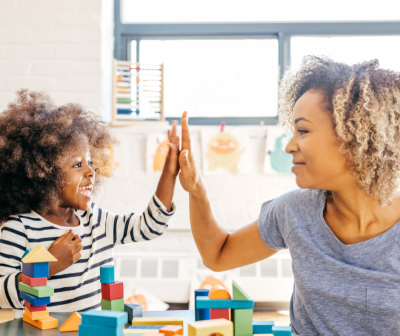
This page contains a checklist of the speech and language milestones that a child should have by the age of 3 years old. It also contains links to resources for helping improve speech, language, and social skills for 3-year-olds.
What Speech/Language Skills should a 3-Year-Old Have?
What speech and language skills should a 3-year-old child have? What does speech therapy for a 3-year-old look like? This page includes the 3-year-old speech milestones as well as 3-year-old language milestones.
Keep in mind that these milestones are based on research about typically-developing children but this information is not meant to diagnose a speech-language delay or disorder. There is a wide range of “normal” and just because a child is slightly delayed in a few of these areas, doesn’t necessarily mean he or she has a speech or language delay. Please contact a speech-language pathologist or professional in your area for a screening if you are concerned about your child’s speech and language skills.
3-Year-Old Speech Milestones (Sound Production)
3-Year-Old speech milestones refer specifically to the sounds that a child is able to speak. We use the term “speech” to refer to how a child pronounces words, whereas “language” is used to describe how children use those words to create sentences and communicate with those around them.
- Intelligibility: A 3-year-old’s speech should be understood at least 50% of the time (source: Hustad et. al, 2021)
- Speech Sounds Correct: A 3-year-old should be able to say the following sounds correctly: /b/, /n/, /m/, /p/, /h/, /w/, /d/ (source: Crowe & McLeod, 2020)
- Phonological Processes: A 3-year-old should no longer be using the following speech error patterns (phonological processes):
- Velar Assimilation: Changing non-velar sounds to velar sounds in order to mirror another sound in the word (kack for tack, or guck for duck)
- Nasal Assimilation: Changing non-nasal sounds to nasal sounds in order to mirror another nasal sound in the word (money for funny, or nunny for bunny)
- Stopping of /f/ and /s/ Fricatives: Replacing /f/ and /s/ sounds with a stop (short) sound like /t/ and /p/ (pun for fun, or tee for see)
- Final Consonant Deletion: Deleting the ending consonant off of a word (bu for bus, or no for nose)
- Source: ASHA Resource Page
3-Year-Old Language Milestones
When we look at 3-year-old language milestones, we are looking at how a child is using words and putting those words together to communicate with those around them. A lot goes into language skills. Here is a checklist of the 3-year-old language milestones:
- Sentence Length: A 3-year-old should be speaking in sentences that are, on average, about 3 words long. Some should be shorter and some should be a big longer than 3 words as well. (Source: Rice et. al., 2010)
- Grammatical Markers: According to Brown in 1973, a 3-year-old should be beginning to use some grammatical markers, including the following:
- Present progressive “-ing” at the end of verbs (such as “running” and “jumping”)
. - Prepositions “in” and “on”
. - Plural “-s” (like socks)
. - Irregular Past Tense Verbs (past tense verbs that don’t end in “-ed”, such as “fell” and “ran”)
. - Possessive “’s” (like Mommy’s)
. - Uncontractible Copula (the full form of the verb “to be” when it is the only verb in a sentence, such as “is it Alison?”, “yes it is”)
.
- Present progressive “-ing” at the end of verbs (such as “running” and “jumping”)
- Pronouns: Uses some pronouns (such as “I”, “it”, “me”, “my”, “mine”, “you”, “your”, “she”, “he”, “yours=”, and “we”) (source: Vollmer 2023)
. - Asking Questions: Asks basic “who”, “what”, “where”, or “why” questions (like “where is Mommy”) (Source: CDC)
. - Vocabulary: A 3-year-old should have a word for almost everything (Source: ASHA) and should be able to use action words like “running” and “eating” to describe pictures when asked (Source CDC)
. - Following Directions: A 3-year-old should be able to follow 2-part directions like “get the spoon and put it on the table”. (Source: ASHA)
3-Year-Old Social Skill/Interaction Milestones
Another aspect of 3-year-old speech milestones is how well they can interact with others. Here are some milestones related to social skills and interaction.
- Notices other children and joins them to play (Source: CDC)
- Talks with a familiar caregiver in “conversation” with at least two back-and-forth exchanges (Source: CDC)
- Says first name when asked (Source: CDC)
- Can play with 1-2 peers, with turn-taking play and joint goals (Source: Malik & Marwaha, 2022)
- Begins to use imaginative/fantasy play, such as pretending to be a cat (Source: Malik & Marwaha, 2022)
- Uses attention-getting words (Source: ASHA)
- Clarifies and Asks for Clarification (Source: ASHA)
- Understands that others may feel differently than oneself (Source: ASHA)
For more resources on teaching social skills to children, click here.
Structured Curriculums for Teaching Speech/Language Skills:
Pre-made speech, language, and social curriculums for helping children catch up at home, at school, or in speech therapy.
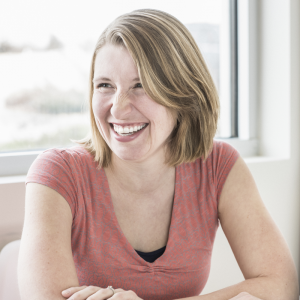
About the Author: Carrie Clark, MA CCC-SLP
Hi, I’m Carrie! I’m a speech-language pathologist from Columbia, Missouri, USA. I’ve worked with children and teenagers of all ages in schools, preschools, and even my own private practice. I love digging through the research on speech and language topics and breaking it down into step-by-step plans for my followers.
Fun Fact: When my son was three, he once got mad at me and told me he was going to send me to Antarctica in nothing but a t-shirt. He had an overly large vocabulary for a 3-year-old….along with an overly large amount of sass. He still has both to this day.
Connect with Me:
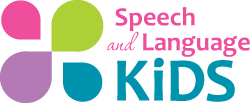
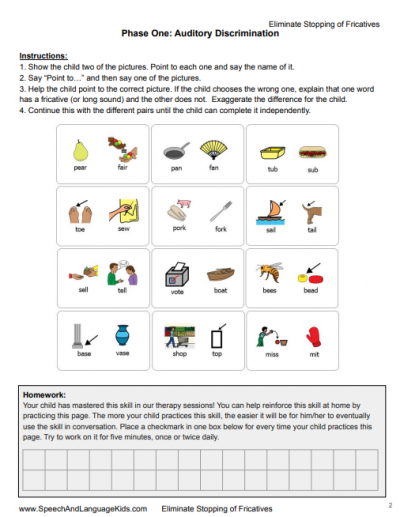

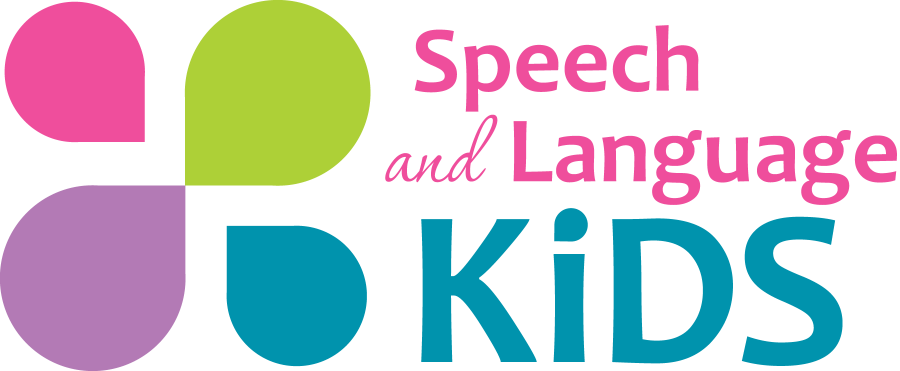
My child is three and has some of these skills and goes to speech therapy
This is just a general list. Each child develops at his or her own pace.
Dear ms. Carrie, You are so kind and dedicated .Your web site is such a great help.My son is 10 yr old with speech and apraxia. it is only when he was 7 and a half he started saying few words and when asked his speech therapist that in some words he is able to say while is some combination he is not able to make the sound then she told me he has apraxia.His previous school speech therapist told me about prompt therapy and she knew some of it but can’t reveal the technique b’coz of their strict copy right rules and she asked me to contact them.So when i contacted them to see if they have cds etc they told they only train speech pathologist and i should check with their prompt certified therapist but in columbia , sc there is only one clinic which does this they have long waiting list but now with his new speech therapist i am trying to do ‘Touch que ‘ which is really helping him to articulate better.
My child is doing everything here except asking and answering questions. What could be the issue there? He is 2.5 years old.
My child is three and my husbands parents pointed out that her language is slow, but she has most of these skills, and is showing progress in the rest. I never thought there was a problem, but it makes me feel horrible when they say these things that are a direct attack on my parenting skills. She jist turned three last month.
I have the exact same problem with my husbands family they are trying to diagnose my 3 year old with autism, she just turned 3 in january and she is very smart with numbers and songs. Just because she has a lot of attitude and independence she doesn’t ask for things she just does a lot on her own therefor they think shes not communicating yet shell ask me what im doing, tell her little sister to follow her into trouble lol bring me her boots and other objects when asked. She really just doesnt have conversations with people although she does say a lot but I cant quite understand it 100% of the time. She uses nicknames for her family members and greets them with those pronouns also. It upsets me deeply for them to even think she has autism when I see her as so smart. My child also is very big and started walking around 8 months I feel people always treat her older because of that too
It’s certainly not normal for you not to be able understand what your 3 year old says.
I have the same issue with my SOs mother. She’s a coordinator for infant development programs so I guess that means she has the right to put in a clinical input when she only coordinates meetings. It’s caused so many issues and now I’m finding myself always evaluating my daughter like she does whenever I never questioned anything before. Easier said than done but just go wth your gut and if you feel there is some delay then you will make that decision not your MIL. It’s not her place
Respectfully, I’d find it difficult not to be concerned about my grandchild’s speech & language development if I could see that there was a problem. Early intervention creates significantly better outcomes than ignoring the problem and hoping it goes away. I would feel incredibly torn if I didn’t mention my worries, even if it could cause hurt feelings to my DIL. I might suggest that you swallow your pride and get an evaluation for the benefit of your wonderful child.
This is a really helpful article and thanks so much for writing it. A gentle request– please don’t recommend children recognize McDonald’s logos, especially if you want their brains to develop correctly so they are speaking and communicating effectively. McDonald’s food is an abomination to the health and wellbeing of our children and their parents.
Oh good gracious.
McDonald’s was just an example. She’s not saying they have to specifically recognize McDonald golden arch. It’s just an example of how one might recognize a brand or logo to represent a company or something. Just an innocent example.
My son will be 3 in a few weeks and does almost none of these. Not even close. Trying to get him into a therapy program now. After reading this list and comments I know for sure now I need to!
Hello,
My son is 3 and 4 months old. He has a speech delay problem. He knows about 170 words. He goes to speech therapy but we just moved countries. Hes also very short tempered when he cant express himself he screams like theres no tomorrow. He sometimes hits his big brother. Any advice?
Hi, Fatimah-I found this article on Carrie’s site about calming children down: https://www.speechandlanguagekids.com/calming-children-self-calming-strategies/. Please let us know if you need any additional help.
how ur son doing now?
My 3year old daughter is saying over 1200 words and already speaks 7different languages. She also has said that she wants to be a doctor..she is super intelligent…
What utter nonsense . 7 languages? Yeah my 3 year old already reads medical journals and I’m now teaching him calculus.
That’s great for your little one Antonella Pizatta, but I find your comment a little insensitive….
Yes, @Antonella Pizatta. I found your comment insensitive as well.
My son does some of the things. He makes few basic sentences. Otherwise it’s difficult for him to speak and make himself understand. He is being brought up bilingual and I wonder if that is the issue? How do make the accesment on how many words a kid speak?
Hello Wess!
Thank you so much for reaching out. Unfortunately, we get a ton of questions every day about how to solve specific speech/language problems. Since we have such a small staff, we aren’t able to answer every question that comes through on the website, social media, or via email. If you are a parent, we suggest you reach out to a local speech-language pathologist who can work with your child directly and answer your question.
If you are another speech-language professional, we have created a membership where we pay a full staff to answer questions like this on a regular basis. We would be more than happy to answer your question inside the membership program. We’re able to answer more questions in here because we have a full library of questions that we’ve already answered so our staff can either link you to the answer if it exists, or write you a custom response if needed. We’d love to see you inside the membership!
Click Here to Become a Member: https://www.slpsolution.com/pediatric-signup/.
My 3 year old son started speaking later than most his age but I can figure out much of what he says. One thing I haven’t been able to figure out that he remembers the END of words, never the beginning of words. Is there a name for this? Like when i teach him to say something like butterfly, he would repeat “tafly”.
Hi, Christi-I’ve done a quick search of Carrie’s site and found this link regarding Initial Consonant Deletion that may be of help: https://www.speechandlanguagekids.com/?s=initial+consonant+deletion.